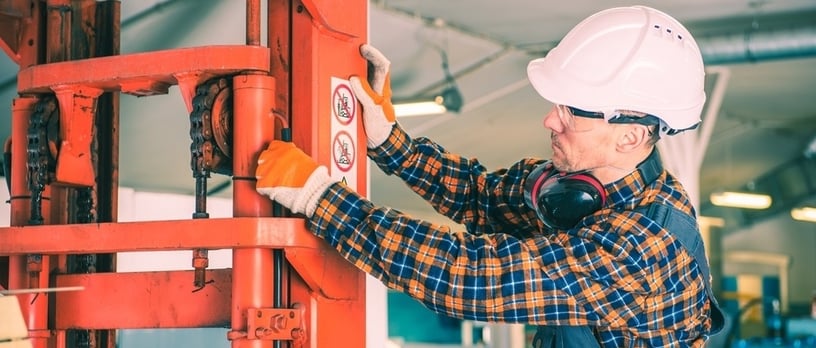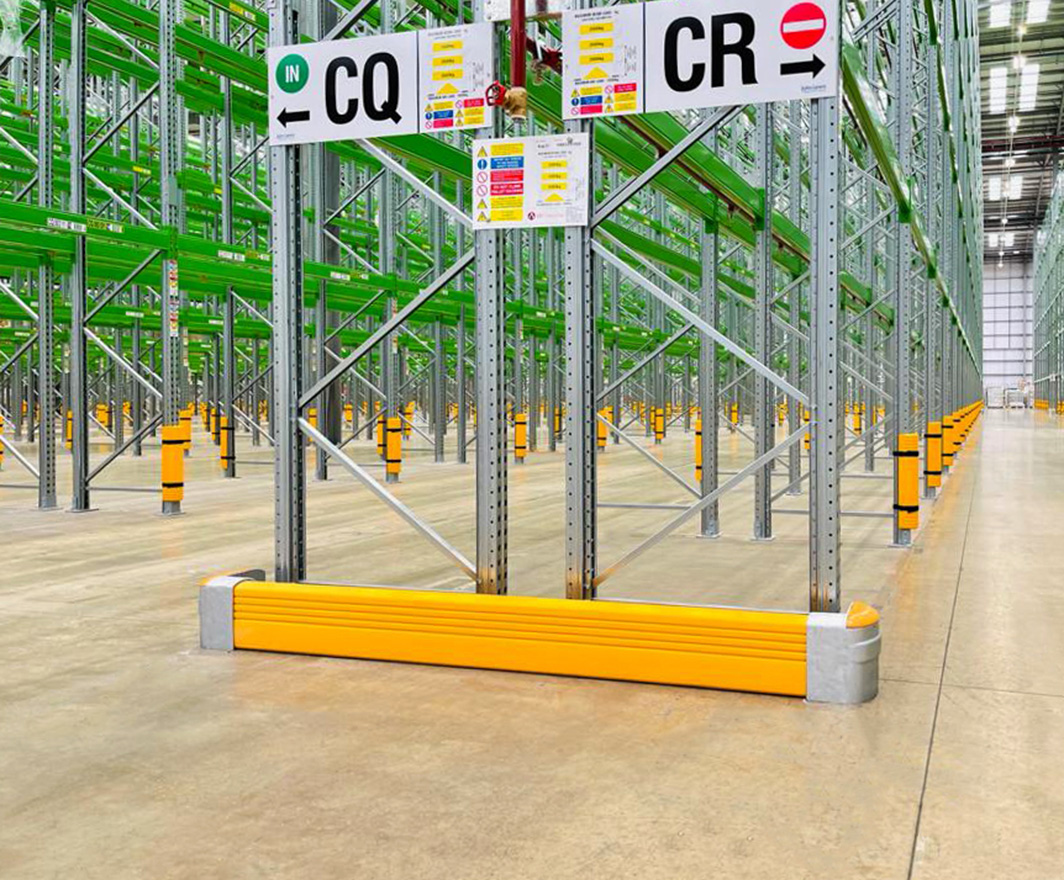You already know that if you don't jump on repair issues, you'll hear about it pretty quickly. The short timelines and high potential costs make prioritizing maintenance requests a logistical nightmare. So what can you do to ensure the most important requests come first and that your organization doesn't lose time or money due to poor prioritization? If you don't have them already, start by creating defined priority levels for requests.
3 Steps to Better Facility Repair Prioritization
The requests that you receive daily could run the gamut from running toilet to major manufacturing equipment malfunction. Between the two examples, it's easy to see which is more important right off the bat: the latter will cost more, will slow your facility down, and likely requires more hands on deck, making coordination take longer, too. But when you receive 10, 20 or 50 tickets per day, you can't compare each task to the others quite so easily. That brings us to step 1.
1. Create Request Priority Levels
This is really the meat of your plan for better prioritization. To define your priority levels, consider the effect on customers first.
High priority items would be anything that directly affects the customer's relationship with your brand or product. If an order can't be shipped because a certain machine is down, and that order belongs to a high-value customer, the cost to your organization will be high. That machine repair would be a level 1 priority.
Other high priority repairs are those that might affect safety. Those are absolutely level 1. Your organization and your people will suffer if anyone is hurt, and one missed or neglected repair can mean the difference between success and failure. Risk analysis is important here. What really costs you? Always be thinking about that question as you create your levels.
What might fall into a level 2 priority? Anything that doesn't affect the customer or safety, but does affect regulatory success. Aesthetic repairs and issues that could cause fines if you were audited should always be high on your priority list, but not as high as safety and customer satisfaction.
A level 3 priority is something really minimal that can definitely wait. Your toilet running until the handle is jiggled, for example, is something you still need to address, but can do on a longer timeline.
Because these levels are determined by the person submitting the request, you'll need to clearly outline the requirements. Create an easily accessible document (probably within the same documentation they use to understand how and where to submit the request) about priority levels. Include examples, as we've done above. Then you'll need an indicator in your system. If that's not possible, consider asking the requesting party to add the relevant number to the ticket subject line or title, e.g. Level 3: Toilet Repair.
2. Roll out If/Then Checklists
Coordination is a major part of the stress of your job. To ensure you're only getting the requests that really need to be elevated to that level, roll out if/then checklists. Your people are capable of troubleshooting to a certain extent, and there can be a list for every possible event. If "Equipment Machine 1" breaks, the list would tell the discovering party exactly who to address about this issue and how to reach them, everything to consider before reaching out to that person, and when and how to submit a ticket should that still be necessary (including reference to the priority level!).
Keep these lists in designated, easy to access areas, and ensure each team lead has a copy. If the right people are able connect to the right people, the issue might be fixable without a maintenance request.
Of course, safety procedures are important here, too: you wouldn't want anyone to attempt to fix anything themselves if something could go wrong. That's why you need a lock out/tag out program. For major electrical failures, for example, only certain people should attempt repair. Your documentation should reveal the procedure for this, including what to do if you discover the issue and who the person with the key is.
3. Be Proactive
Create maintenance schedules and daily safety checklists to keep things from falling through the cracks and becoming larger repairs later. Every fork truck in your facility should be checked for safety and function before first shift starts.
Keeping a strict maintenance schedule and using daily checklists mean effects will be minimal if something goes wrong. That should help you prioritize the true disasters.
Don't Let Facility Repairs Stop Success
Your job is about more than just dealing with small maintenance issues. It's about keeping the business running smoothly by keeping everything up-to-date, all regulations top of mind, and all maintenance budgets in order. That's why you need a better way to prioritize tasks — so you can spend way less time dealing with them reactively, and instead spend it being proactive. With clearly outlined priority levels, a strict maintenance schedule, and if/then checklists, you should be well on your way to that goal.





